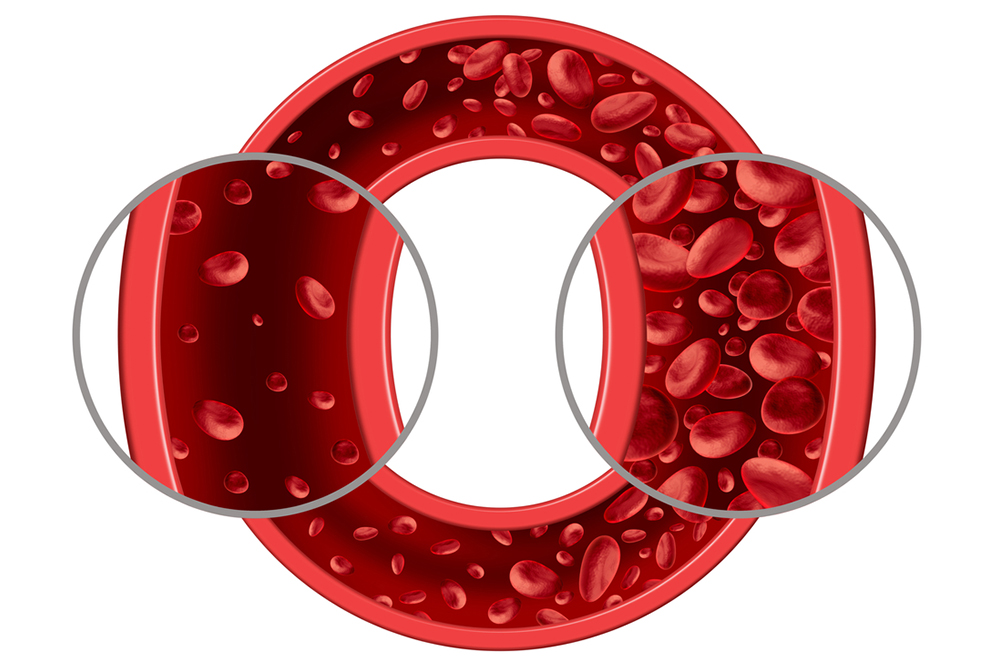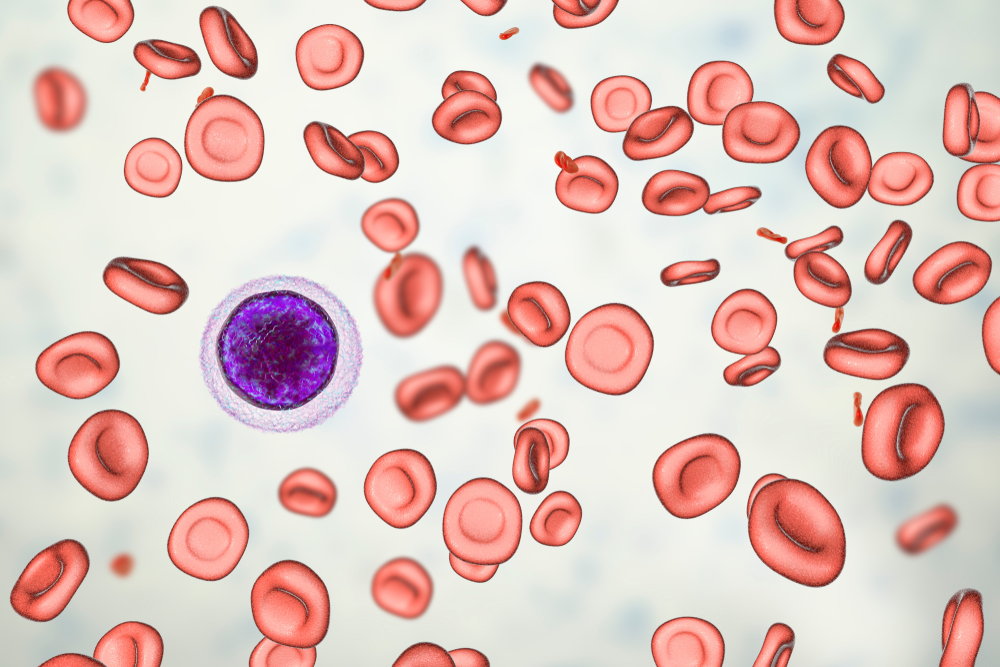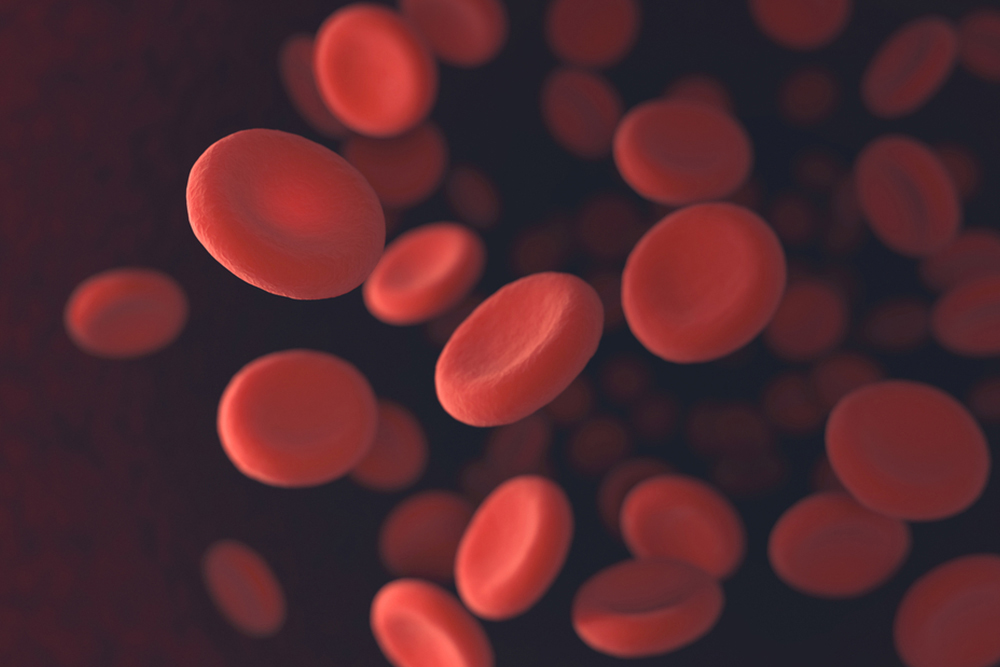Study Reveals Need for Updated Iron Deficiency Guidelines in Pregnancy

A study aimed to extend a physiologically based method for determining serum ferritin (SF) concentration thresholds for iron deficiency (ID) in healthy pregnant women. Previous research has shown that in nonpregnant women, a decline in hemoglobin (Hb) and a rise in soluble transferrin receptor (sTfR1) concentrations can be used to identify the onset of ID.
Iron-Deficiency Anemia: Understanding Risks, Prevention, and Treatment

Iron-deficiency anemia, the most prevalent type of anemia, arises when the body lacks sufficient iron to produce healthy red blood cells. Symptoms may not appear in mild cases but can include fatigue, dizziness, and chest pain as the condition worsens. Causes of this deficiency range from blood loss due to gastrointestinal issues or menstruation, to poor iron absorption from various health conditions and surgeries. Furthermore, certain chronic diseases and lifestyle choices, like endurance sports, can exacerbate the problem by impairing iron absorption or increasing iron loss.
Alternate-Day Iron-Dosing Boosts Absorption in Anemic Women, Study finds

In women with iron-deficiency anemia (IDA), oral iron supplements induce an acute increase in serum hepcidin (SHep) that persists for 24 hours, diminishing iron absorption from subsequent doses given on the same or following day. This study aimed to assess whether alternate-day administration of 100 and 200 mg iron increases iron absorption compared to consecutive-day dosing in women with IDA.
USPSTF: Inconclusive on Iron Supplementation in Pregnancy; Urgent Reassessment Needed

The United States Preventative Services Task Force (USPSTF) finds inconclusive evidence for routine iron supplementation in pregnant women with iron deficiency anemia, despite its high prevalence. However, robust studies link early infancy iron deficiency to long-term cognitive deficits. Although the US doesn’t routinely screen infants, UK guidelines advise screening high-risk infants. A study of non-anemic, first-trimester pregnant women found a significant portion iron deficient, suggesting universal screening’s potential benefits, prompting reconsideration of USPSTF recommendations.
Study Shows IV Iron Outperforms Oral Iron for Anemia in Gujarati Pregnant Women

In a prospective cost-effectiveness study conducted in Gujarat, India, 188 pregnant women with moderate to severe anemia were compared based on the type of iron treatment received—either intravenous iron sucrose (IVIS) or oral iron (OI). The participants, enrolled during their 14 to 18 weeks of pregnancy from two districts, were tracked through their pregnancy up to the postpartum phase at 42 days. The study measured the changes in hemoglobin levels at various stages, with the IVIS group showing a significant increase from an initial average of 8.2 g/dl to 11.45 g/dl, while the OI group experienced a decrease from 9.99 g/dl to 9.55 g/dl.
Advancements in Postpartum Anemia Care Reveal Global Healthcare Gaps

Recent advancements have been made in the early detection and treatment of postpartum anemia (PPA), a condition that severely impacts mothers’ physical and mental health. However, a gap remains in widespread implementation, partly due to a lack of awareness among healthcare providers about the latest research and effective treatment protocols. This includes iron supplementation, which has shown significant benefits in improving women’s postpartum wellbeing.
Anemia in Pregnancy: A Public Health Challenge Requiring Enhanced Interventions

Anemia during pregnancy, particularly iron deficiency anemia (IDA), poses a significant health challenge, with a prevalence rate varying between 6.9% and 28.7% in the United States, influenced by racial, ethnic, and socioeconomic factors. Data from the WIC program indicate that about 10% of participating pregnant women suffer from anemia, classified as a mild to moderate public health risk, especially among Black women and those diagnosed in later pregnancy stages. This situation calls for enhanced public health interventions and strategies.
Managing Anemia: Diagnosis, Treatment, and Collaboration

Anemia, marked by low red blood cell count or hemoglobin levels, affects millions globally, primarily due to iron deficiency. Diagnosis involves routine exams and complete blood count (CBC) testing, with further assessments necessary to pinpoint the type and cause. Microcytic anemia, characterized by small red blood cells, often indicates iron deficiency and requires additional tests like serum ferritin. Normocytic anemia, featuring normal-sized cells, may stem from chronic disease or acute bleeding, prompting evaluations like reticulocyte counts. Macrocytic anemia, with larger cells, is typically linked to deficiencies in vitamin B12 or folate, often associated with malabsorption or alcoholism. Treatment targets the underlying cause, such as iron or vitamin supplementation.
Pregnant Women and Iron Deficiency

A review emphasized the critical role of iron in maternal-fetal health, particularly in supporting fetal brain development and long-term function. Iron is essential for cellular processes and oxygen delivery, which becomes especially crucial during pregnancy to meet increased demands.
Iron-Deficiency Anemia in Women: An Asian Expert Consensus

The lack of standardized clinical practices for managing iron deficiency (ID) and iron deficiency anemia (IDA) in women poses a significant challenge globally, particularly in the Asia-Pacific region.

